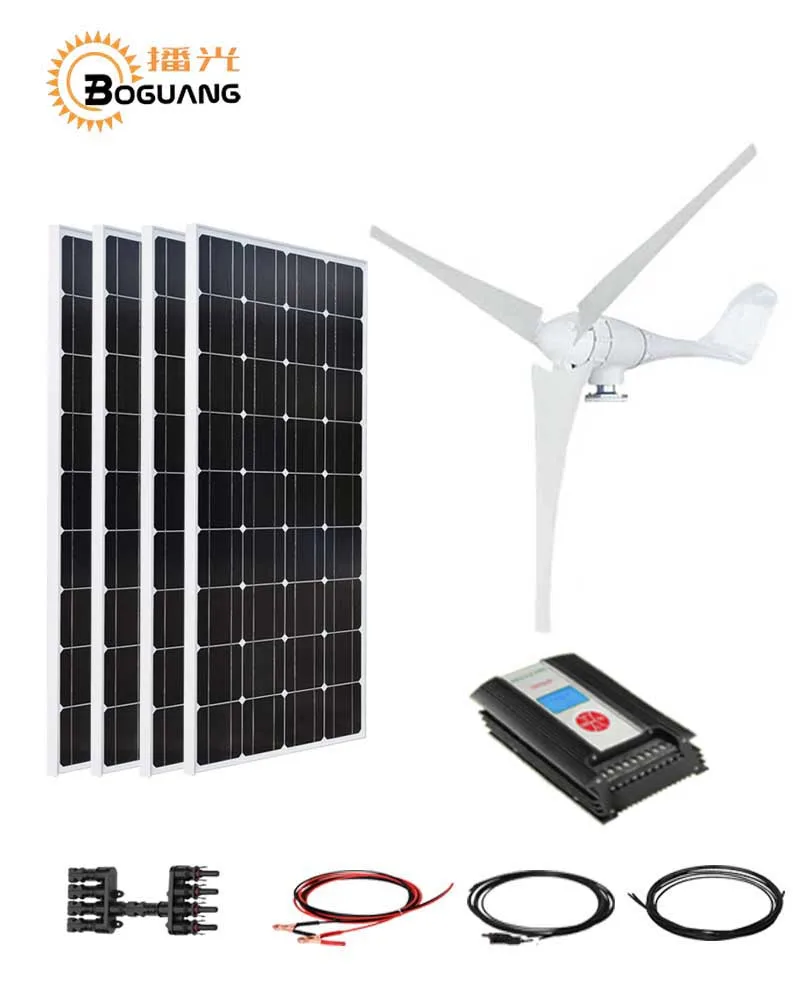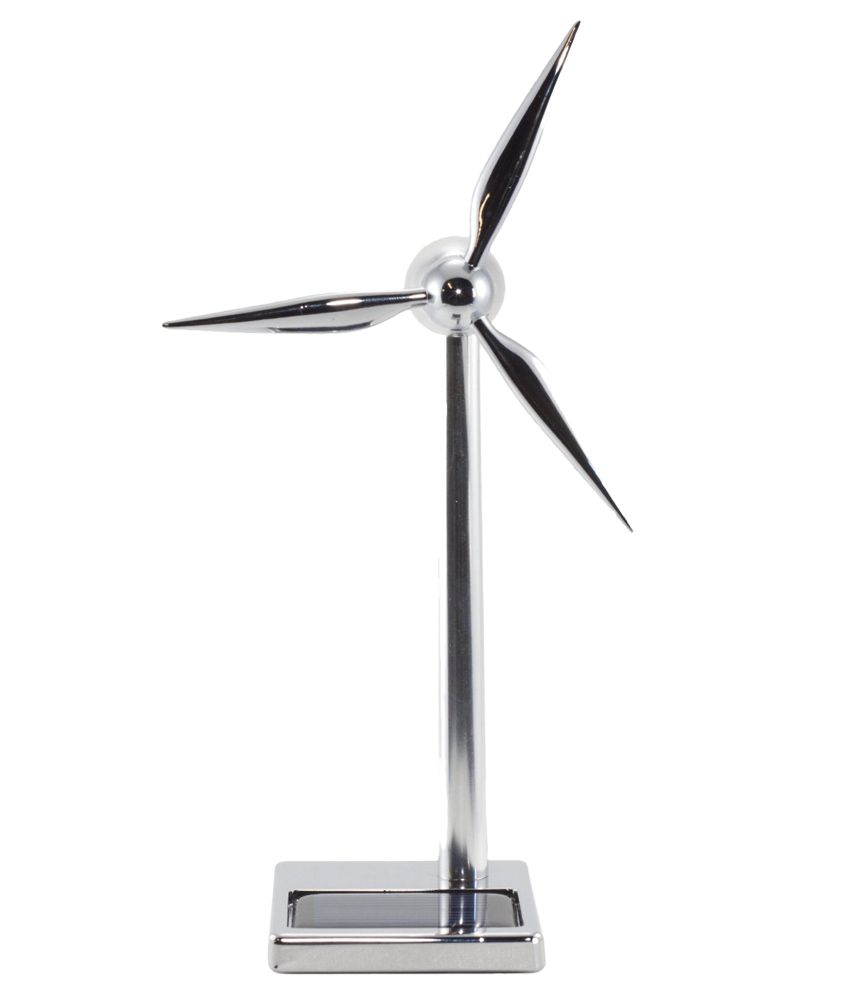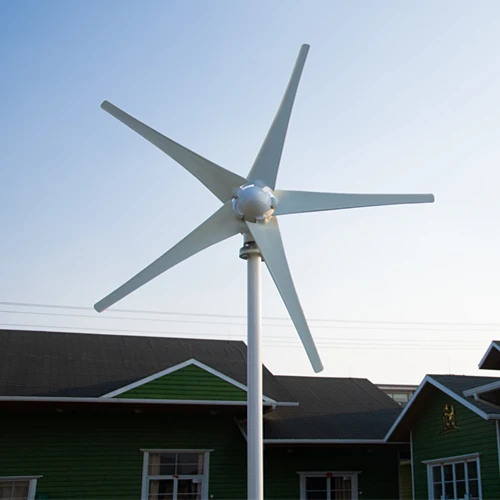
This obviously varies due to cloud cover, but it can be reasonably estimated based on past history. This is because with solar, we know approximately how much solar insolation you will receive in a year based on your latitude and longitude. Trying to estimate how much clean energy you can produce at your home is much easier with solar power than wind power. Here is the Inland Power Residential Solar Flyer. This may be higher than what you would expect but most of their customers use electric furnaces to heat with. He also explained that the 15% number was based on an average annual electricity consumption of 18,000 kWh. Damiano sent me an excellent flyer describing how much the solar panel system would produce as a percentage of a home's energy consumption. I firmly believe that when reporters try and over simplify energy data it only serves to confuse the reader more, or at worst give them false information that they then base their thought process off of. "This solar panel array would produce 50% in a smaller home that already conserves energy, but only 15% in a large home that doesn't do a good job conserving energy". Or give the range that this could make up for different households, i.e. The only fair way to present this information is to give the yearly kWh produced, and recommend that people look at their utility bills from last year and see what percentage this would make up. This isn't just a few percent, but could be double or even quadruple. feet and family of three who tries to save energy. feet and has a family of six who don't really try to save energy is going to use way more energy than a 2,000 sq. The wind turbine produced less than 3 percent.īut this is a very poor way at analyzing clean energy because what is a "typical household's electric needs"? One home that is 5,000 sq. In the Inland Power pilot project, the solar panels produced about 15 percent of a typical household’s electric needs over the course of a year. Now, the news article on the Inland Power pilot project states:


Entering this value into the BP Clean Power Estimator, I get the yearly solar power energy produced for Spokane, WA at 4,856 kWh. Divide that by $6 and we can estimate that their solar installation was 4 kW. Since their prices ranged from 22k to 24k, I'll take the high-range at $24,000. Based on solar installer friends I have in Atlanta, I know solar installation prices (including panels, mounting equipment, inverters, labor, etc.) can be had for around $5/watt (since their system has been installed for awhile, and labor is more expensive on the west coast, I'll use $6/watt). For some reason, the utility did not share the actual sizes of the solar array or wind turbine, so we can only estimate those sizes given the price they paid.
#HOME WIND TURBINE VS SOLAR HOW TO#
We covered how to calculate solar power production in your area on our post " Solar Power Payback". If you don't want to see my analysis, skip down to the bottom to see the actual data!) At Mapawatt, we like to do the analysis ourselves and help show you how to your own analysis.so here we go! (Update - 3/28/11 - I contact Richard Damiano, Inland's chief engineer, after I wrote the post and he was gracious enough to provide me with more information on their installation. wind, but aside from understanding some of the basics about solar and wind power, it is really only applicable if you live in or around Spokane, WA. Solar panels, on the other hand, generate a certain amount of electricity even on cloudy days. It needs a stiff breeze of around 12 miles per hour to start producing electricity. Inland Power’s turbine is similar to the larger ones installed in the Columbia River Gorge. The wind dies down, for instance, during hot weather and cold spells. The results were surprising to them because conventional thinking is that the Northwest would have more wind than it does sun:īut wind is more erratic than people realize, he said. The systems are representative of technology scaled to individual homeowner use, Damiano said.

The utility bought a 35-foot wind turbine and a bank of solar panels. The sun’s ability to generate more electricity than the wind – even during short winter days – has surprised the utility’s engineers. The solar panels have produced about five times as much electricity as the wind turbine over the past 14 months. They installed a solar array and a wind turbine that were comparable in cost, and then sat back to see which one came out ahead. Which is the better option? Luckily Spokesman-Review did a story on Inland Power and Light in Spokane, WA and their efforts to see which is better for residential power generation - solar panels or wind turbines. If you're a homeowner interested in creating your own clean energy, chances are you are considering installing a solar pv array or a wind turbine.


 0 kommentar(er)
0 kommentar(er)
